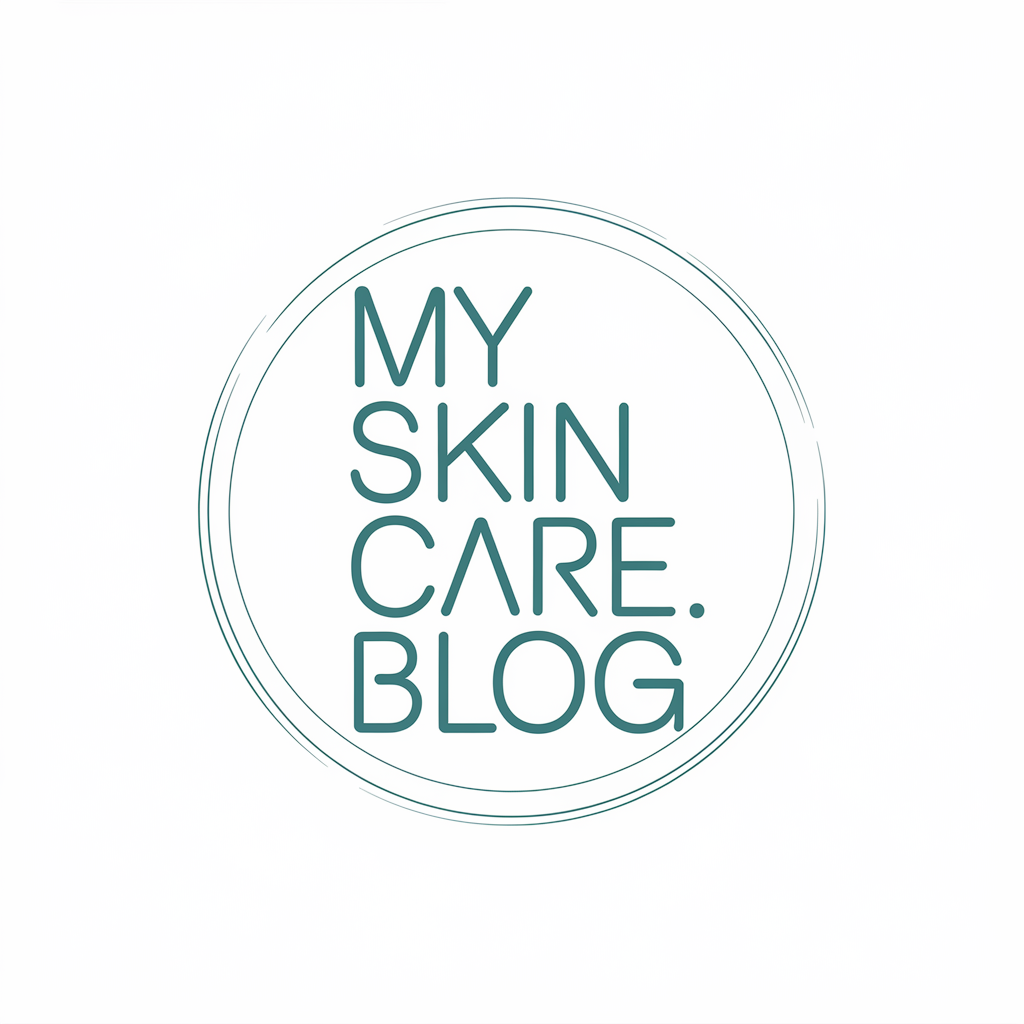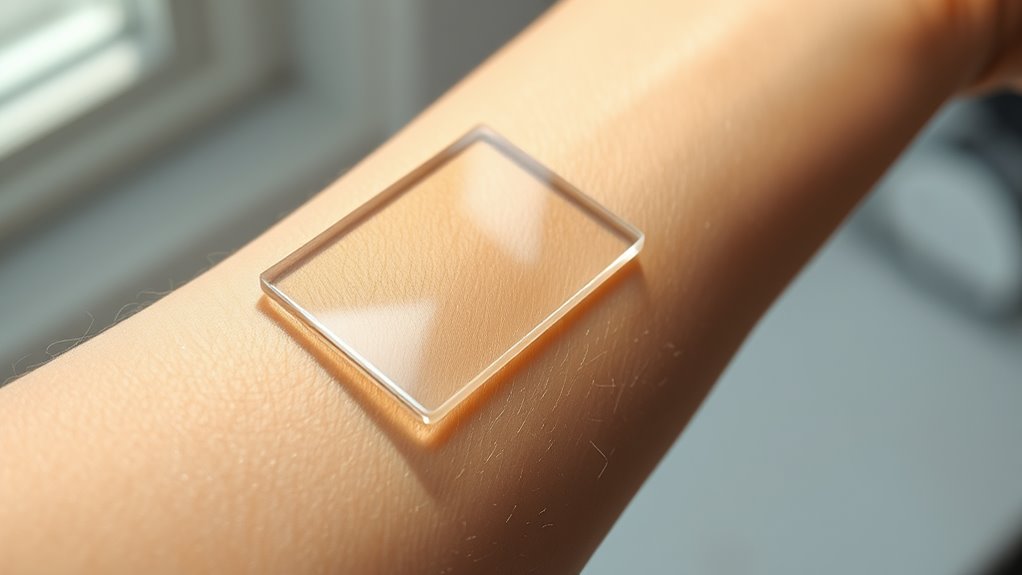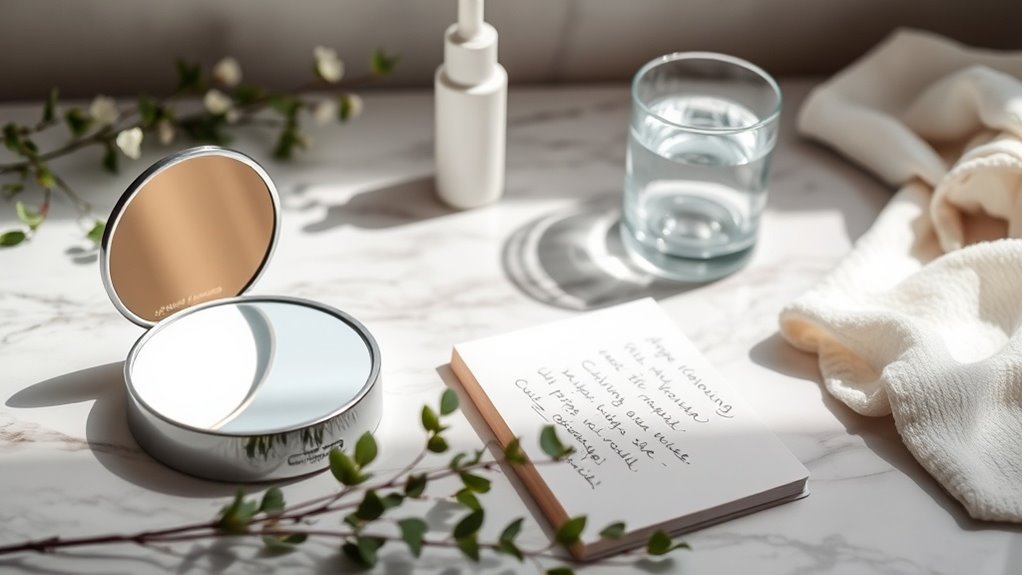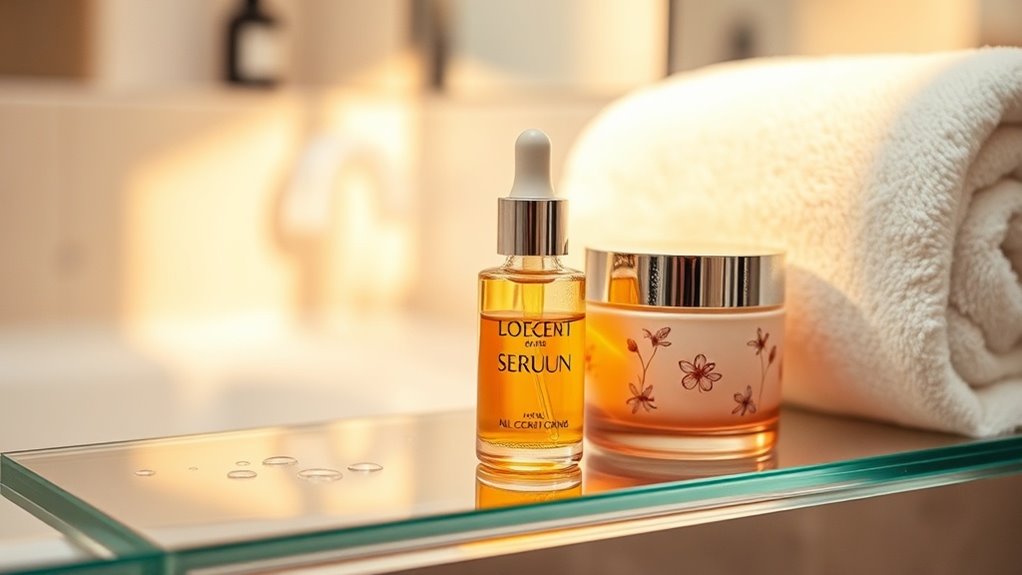This Simple Trick Reveals Your Skin Type Instantly
You can quickly reveal your skin type using this simple bare-skin test. Start by cleansing your face with a gentle, sulfate-free cleanser, then pat it dry and wait an hour in natural light. Observe for signs like oily shine in your T-zone, dryness on cheeks, or overall balance to determine if it’s normal, oily, dry, combination, or sensitive. This easy method gives you instant insights into your skin’s needs. Explore the details ahead for tailored skincare tips.
Key Takeaways
- Cleanse your face with a gentle, non-comedogenic cleanser to remove impurities and prepare for assessment.
- Pat your skin dry and wait one hour without applying any products to observe its natural state.
- Examine your skin in natural lighting for visual signs like shine, dryness, or redness.
- Gently touch your skin to feel for oiliness in the T-zone, tightness, or rough texture.
- Compare your observations to common signs of skin types to instantly determine yours.
What Are the Main Skin Types?
Understanding your skin type is the first step toward effective care, as it influences how your skin responds to products and environments. Moreover, tailoring your routine with essential skincare ingredients can enhance these responses based on your specific skin needs.
In this skin type guide, you’ll identify the main categories: normal skin, which maintains balance without excess oil or dryness; dry skin, lacking natural moisture and often feeling tight; oily skin, producing surplus sebum that leads to shine; combination skin, mixing oily and dry areas; and sensitive skin, reacting easily to irritants.
Each type, backed by dermatological research, guides your product choices for optimal health and appearance.
Additionally, explore little-known testing methods to accurately determine your skin type at home.
How to Perform the Trick at Home
To determine your skin type at home, start with a simple bare-skin test: cleanse your face with a gentle, non-comedogenic cleanser, pat it dry, and wait an hour without applying any products.
Choose a sulfate-free cleanser to avoid stripping natural oils, ensuring a true baseline. Additionally, consider water temperature when cleansing to avoid common mistakes that could affect your skin’s natural state.
After waiting, move to a room with natural lighting for accurate observation.
Examine your skin’s surface closely in a clean mirror, noting its texture and feel without excessive touching. This evidence-based method, endorsed by dermatologists, relies on basic observation for reliable self-assessment.
Always perform it in a controlled environment to minimize external influences.
To enhance accuracy, be mindful that common mistakes, such as using harsh products, can interfere with this assessment and lead to misidentification of your skin type.
Interpreting Your Results Quickly
Once you’ve completed the bare-skin test, quickly evaluate your skin’s appearance and feel.
This evidence-based approach uses simple observations to classify your type without delay. Focus on key indicators for accurate results.
-
Observe visual cues****: Check for any immediate surface changes, like shine or dullness, right after the test.
-
Assess tactile feedback****: Gently touch your skin to note sensations such as tightness or smoothness.
-
Compare baseline: Reflect on how your skin differs from its usual state to gauge balance. Additionally, to make informed choices, remember the importance of identifying key ingredients that align with your skin type.
Once you know your skin type, you can better select gentle cleansers that minimize potential irritants from common ingredients.
Common Signs of Each Skin Type
Understanding the common signs of each skin type helps you identify yours accurately.
Oily skin features a glossy sheen, enlarged pores, and frequent breakouts from excess sebum production.
Dry skin shows tightness, flakiness, and a rough texture due to insufficient moisture.
Combination skin presents oiliness in the T-zone (forehead, nose, chin) alongside dryness on cheeks and jawline.
Normal skin maintains balanced hydration, smooth texture, and minimal imperfections.
Sensitive skin reacts with redness, irritation, or stinging to environmental factors or products, based on dermatological observations. To protect sensitive skin, it’s important to follow gentle skincare recommendations that avoid over-cleansing.
These signs guide your self-assessment effectively.
For sensitive skin, avoiding skincare missteps is essential to prevent irritation and support a gentler routine.
Next Steps for Your Skincare Journey
Now that you’ve identified your skin type from its common signs, you can customize your skincare routine to maintain balance and health. To address common skincare mistakes, always prioritize proper cleansing as the first step in your routine.
Tailor your approach with evidence-based strategies to enhance results.
-
Choose targeted products****: Select cleansers, moisturizers, and sunscreens based on dermatological research; for oily skin, opt for non-comedogenic formulas to control sebum.
-
Build a consistent routine****: Apply products twice daily, incorporating antioxidants like vitamin C for protection, as studies show they reduce environmental damage.
-
Monitor and adapt: Track your skin’s response weekly and consult a dermatologist if issues arise, ensuring long-term efficacy through professional guidance.
Additionally, keep in mind budget considerations when choosing products to ensure they are effective without overspending.





